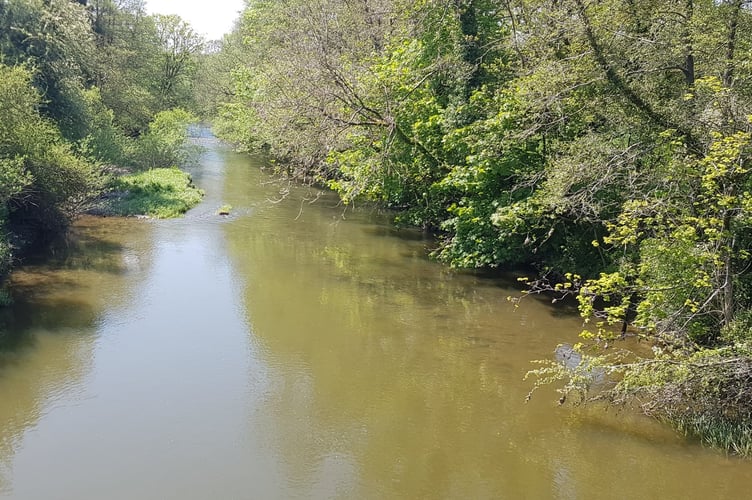THE Wye and Usk Foundation have teamed up with researchers at Cardiff University to investigate the causes of algal blooms in the River Wye and its tributaries: the Ithon, and the Lugg.
The study is ongoing, midway through two years of survey so has not reached its final conclusions yet, said a foundation spokesperson.
“Also last year had very low river flows and we didn’t observe any significant suspended algal blooms in the main water column of the river. However, the project is very much closer to, and very hopeful of, finding the answers,” they added.
“There has never been such a comprehensive study into the cause of algal bloom before.
“The project has made good progress in determining the diversity of the Wye’s algal and bacterial communities and the combination of nutrients that are required to fuel algal blooms.
“It found that in 2022 several parts of the catchment had all the conditions required by harmful cyanobacteria species.
“There are two main causes of these nutrients flowing into the river: diffuse – via stock access, soil loss, overland flow and drainage systems and point source – where the pollution comes from a single source like a sewage plant outflow. The way the concentration levels of the nutrient changes over time and river flow indicates how they are likely to have entered the river.
“The data suggests that high nitrate inputs from the Lugg into the Wye is coming from diffuse pollution. But until we collect more data we are not yet able to say if the high total phosphorus and soluble reactive phosphorus inputs from the Lugg are likely to be from point source pollution.
“The research also shows how the algae responds to changes in nutrients.
“They found a high diversity of algae and bacteria in 2022 with no dominant species. Green algae and diatoms were the most abundant groups of algae.
“However, interestingly, across all sites a succession in cyanobacteria species was evident throughout the sampling period. Notably, the relative abundance of cyanobacteria commonly associated with harmful algae blooms, was highest on the River Ithon, followed by the River Lugg.
“Cardiff University have also been analysing types of animal faecal bacteria (coliforms) found in the river. Initially, at a broader (genus) level, they will be able to tell if they are from humans, livestock, or poultry, but further work at a more detailed (species) level will allow firm conclusions to be made on the source of each of these coliforms entering the river.
“This research should ultimately benefit the Wye and Usk. As the study progresses WUF are looking to develop a model which will both act as an early warning system for bloom events and allow us to work with others to deliver the changes required to reduce the risk of harmful algae blooms occurring.
“We cannot thank enough those who have so generously supported this ground-breaking work so far. We have 2 years funding in place and are seeking the funding for the final year. If you wish to support this you can by visiting the Wye and Usk Foundation website.”




